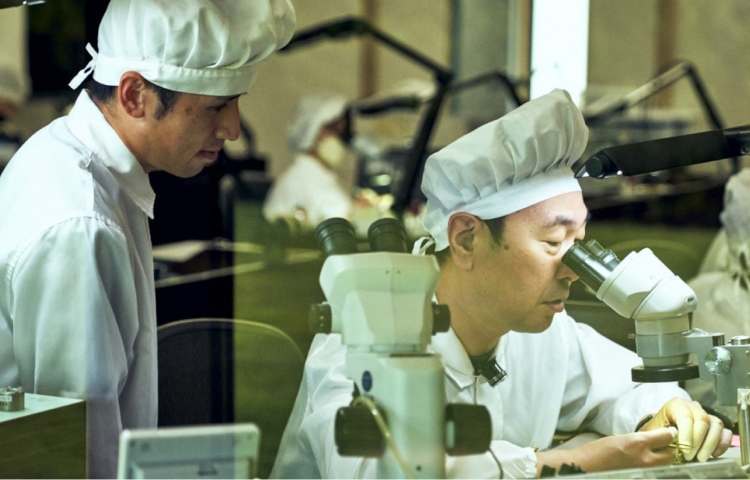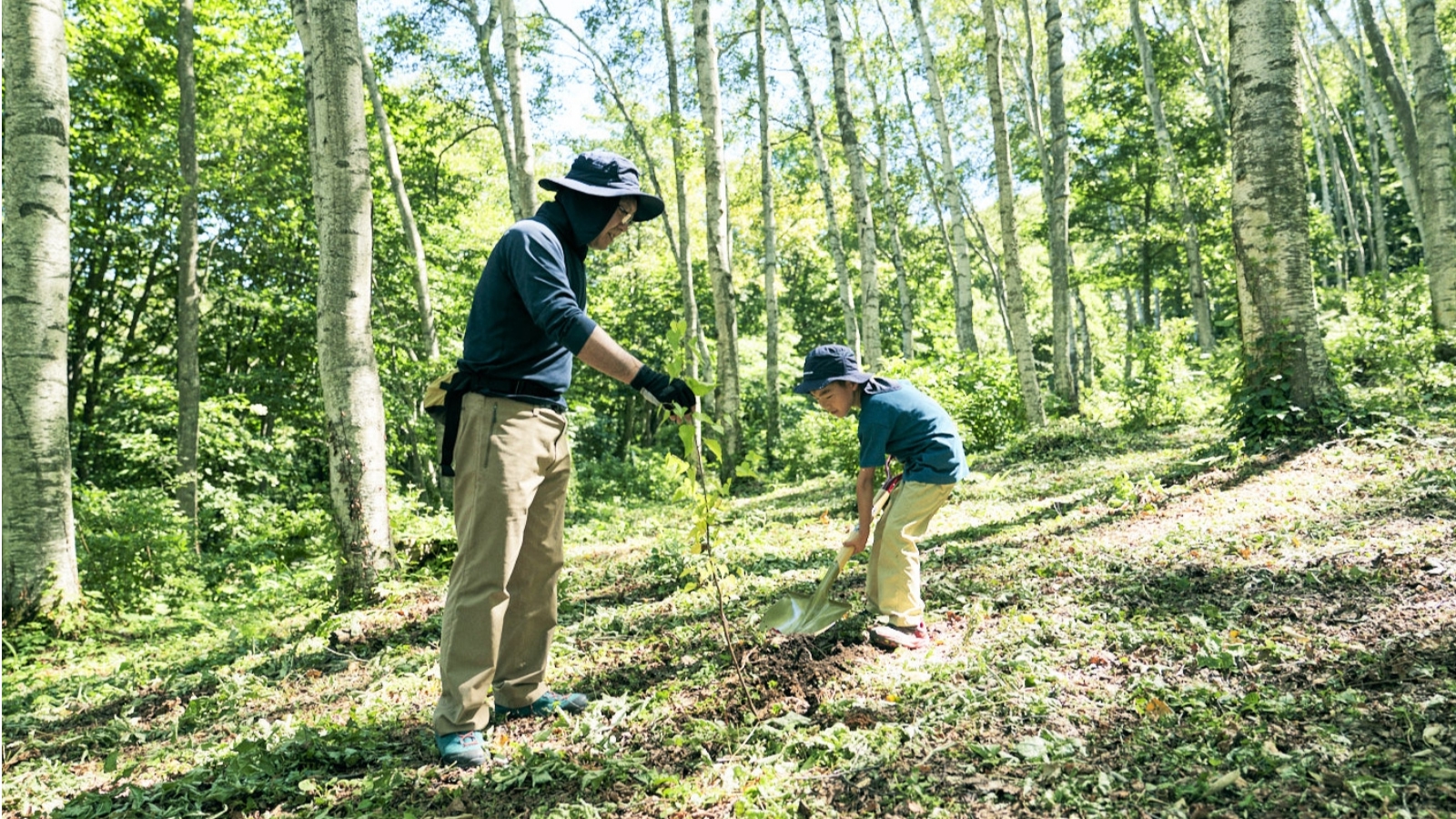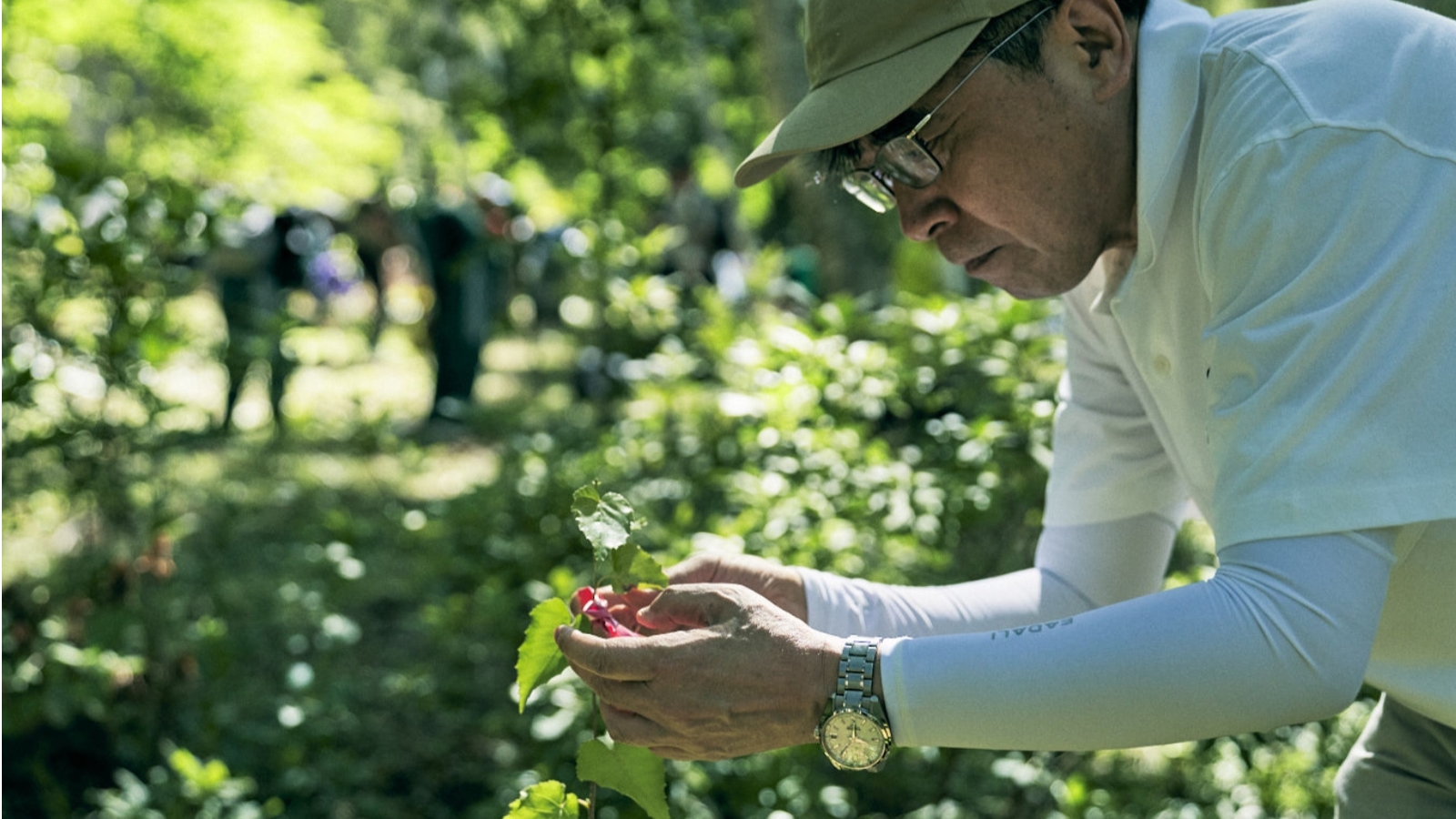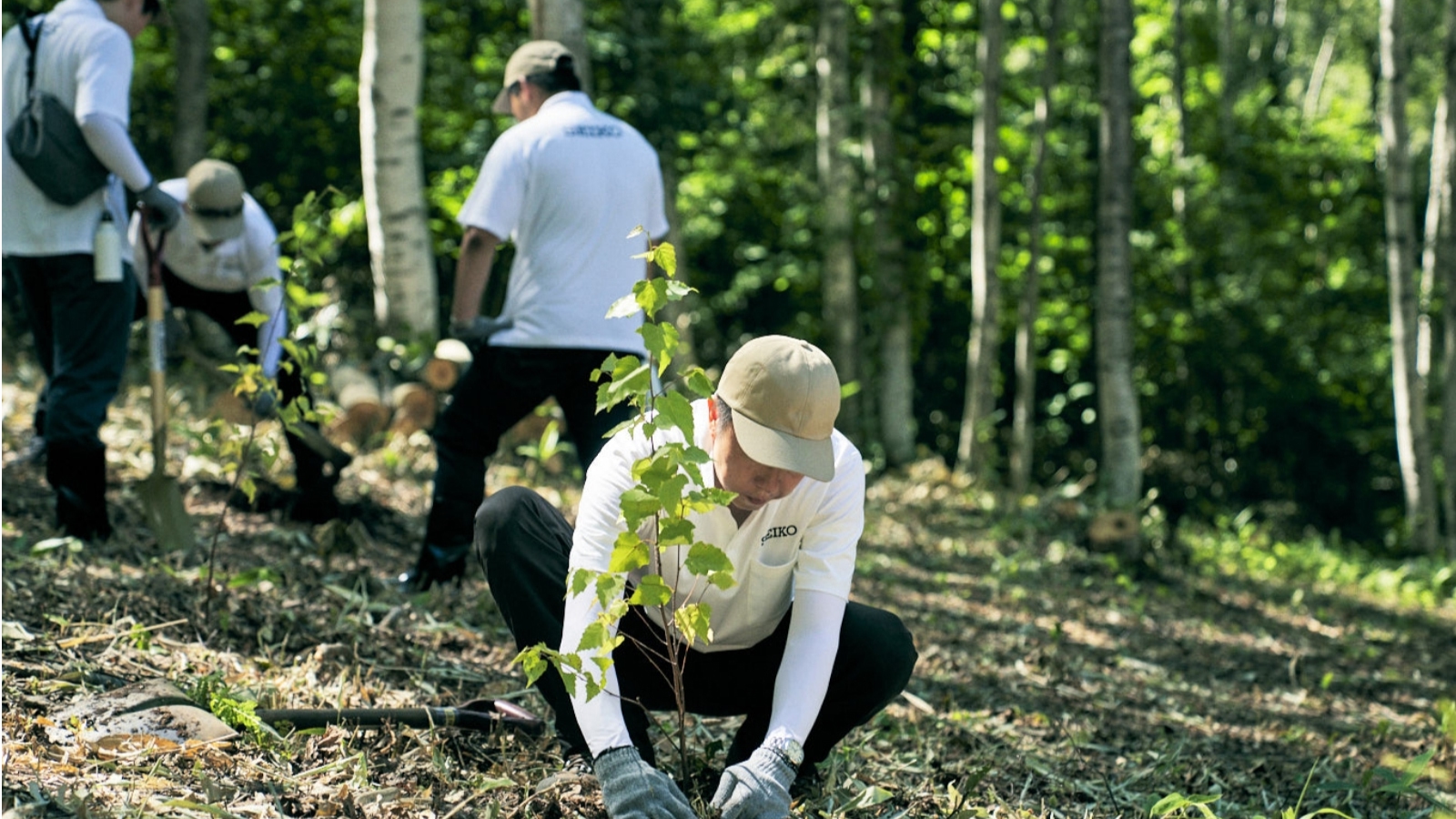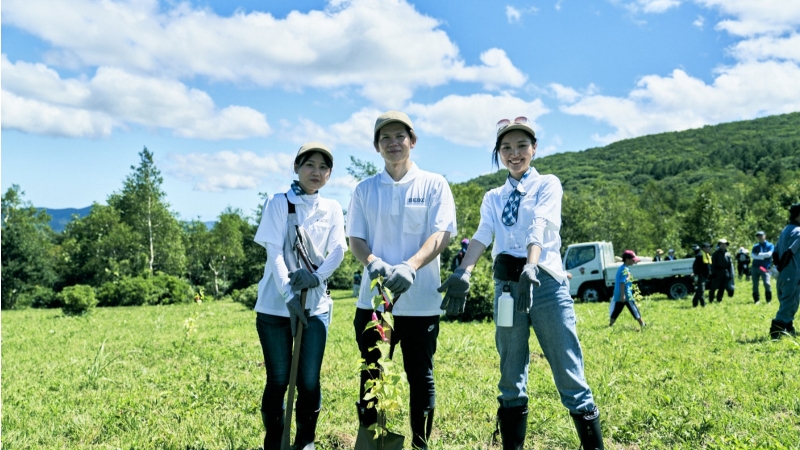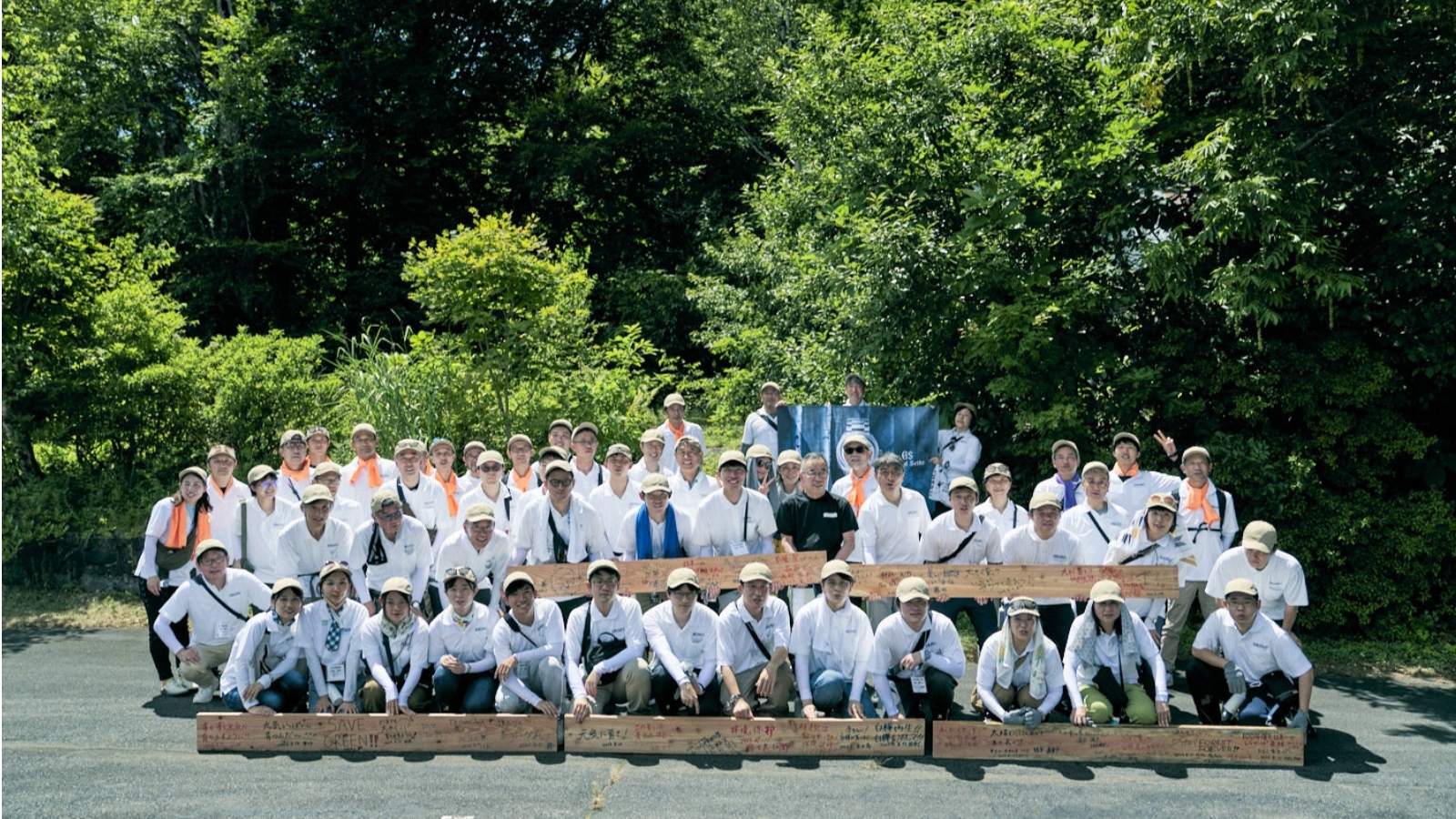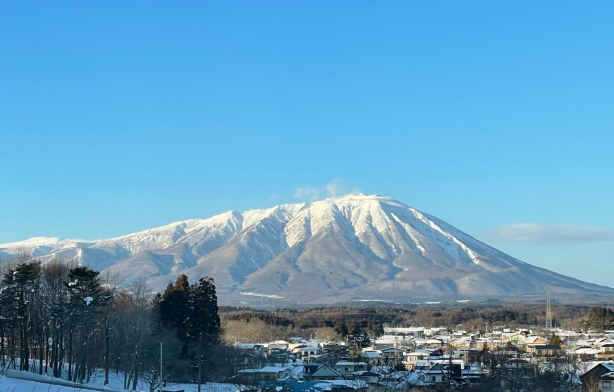The Spirit of Addressing Inherited Skills and Craftsmanship
Since being adopted at the United Nations Summit of 2015, Sustainable Development Goals (SDGs) have emerged as an indispensable aspect of corporate activities. Even before then, however, Morioka Seiko Instruments was active in efforts to conserve biodiversity. This included expert maintenance of the natural environment at the company’s site, followed in 2020 with the launch of operations at Grand Seiko Studio Shizukuishi, where Grand Seiko mechanical watches are assembled and adjusted.
Mechanical watches, which require no batteries and are capable of long-term use on the strength of proper maintenance and repair, qualify as instruments of sustainability. However, such performance is only possible through human skills. Taking this to heart, Grand Seiko has developed its own unique “Professional Human Resource System.” This approach encompasses the three ranks of Gold, Silver, and Bronze, with renewal examinations conducted once every two years. Its unique aspects are not limited to the attainment of higher levels of technology as individuals in specialized fields, with successors also named and training advanced to pass on that expertise. This method functions to convey technology to future generations, while simultaneously cultivating human resources and likewise comprising one aspect of SDGs activities. To find out more, we spoke with two accomplished watchmakers about the passing on of skills at Grand Seiko.
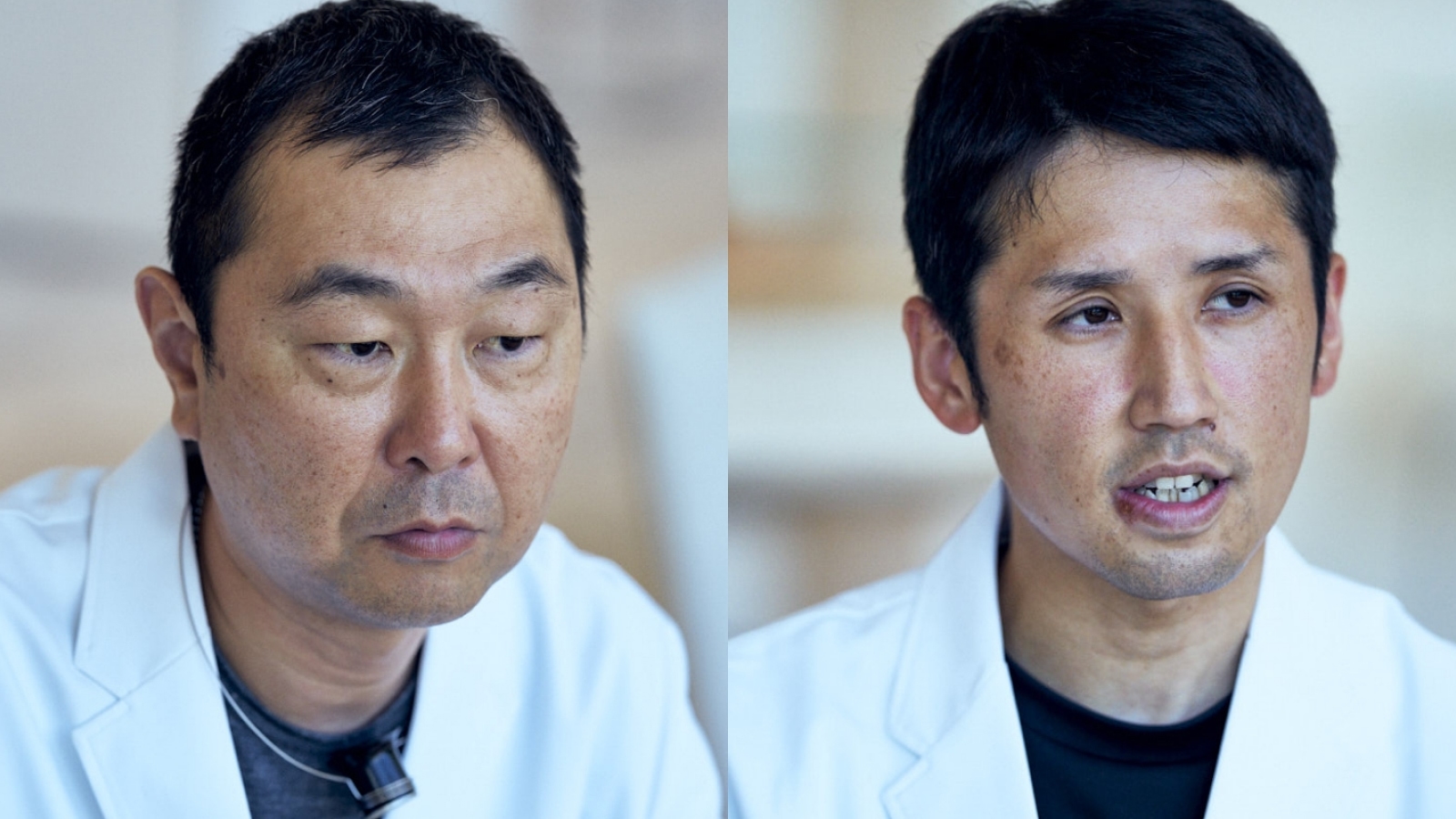
He notes: “I feel that I possess my own unique approaches and beliefs, while constantly striving to achieve the flexibility needed to recognize and incorporate other skills. Watches are not products crafted by single workers, and closing off channels of cooperation is a sure recipe for doom. Our goal is to supply customers with timepieces in the optimum conditions matched to their individual needs.”
Mr. Ito served as a leader in movement assembly and adjustment, and in 2018 attained the top “Gold” ranking under the Grand Seiko Professional Human Resource System. Within the company, only five employees currently hold that distinction, qualifying him as a true craftsman in both name and reality. He speaks about this approach, which may also be defined as a modern-day apprentice system.
“In my case, the man who became my mentor in this area tended to be quite old-fashioned in his thinking. He made few efforts to teach others, and I ended up constantly asking him questions. Perhaps because of that experience, however, when I found myself on the teaching side, I realized that it would be impossible to get the message across by simply hammering home knowledge on a one-way basis. Ultimately, people will always make inquiries if truly desiring to improve themselves. It is critical to draw out that motivation, and I came to understand that many of the teaching methods of my mentor were also grounded in solid common sense.”
Naturally, however, the best approach is not to avoid teaching altogether, with phased educational plans drawn up and promoted according to set parameters. In his case as well, Mr. Ito says that he does not forcefully apply his preferred methods and instead assists workers in discovering their own particular ways. First, he provides hints, then strives to foster the desire to engage in research on their own. He also reveals his stringent thinking in this area:
“Because those lacking motivation are unlikely to progress past that point, we need to gain a clear picture of their potential.”
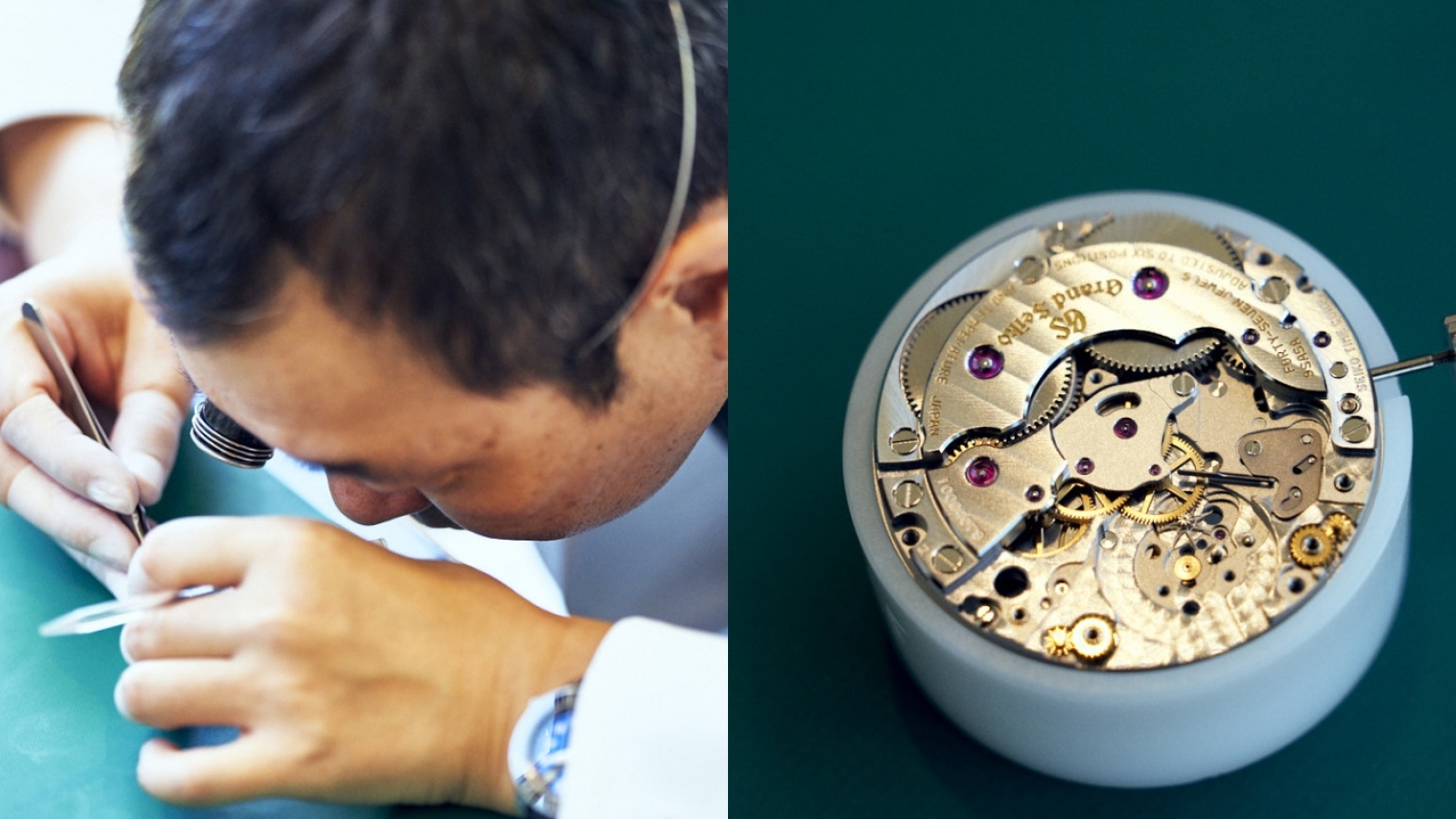
The distinguishing characteristics of this movement are twin barrels for a long power reserve and high precision, easy adjustment of the rate through a free-sprung balance, and a bridge secured on both ends to firmly hold the balance. All of these features comprise the latest global standards, and Mr. Ito is also personally impressed with the sheer beauty that has emerged.
At Grand Seiko Studio Shizukuishi, younger technicians gathered to hear lectures on the new mechanisms. Mr. Ito is also no exception when it comes to rising to the challenges posed by the constantly evolving technologies that emerge.
“I must admit that I am excited by new developments and feel that throwing oneself into such endeavors is vital. The atmosphere within the Studio is particularly good. We can bask in the lush surrounding natural environment, and the strong interest and expectations of those coming for tours are a source of rich stimulation.”
We asked Mr. Ito how he views the significance of efforts to pass on skills and cultivate human resources.
“In the first place, there is a sense of satisfaction in nurturing people. For that matter, it also makes things easier for me (chuckles). With the increase in those at the same level, it becomes easier to consult on issues and doubts that I have been forced to tackle on my own to date. This also helps me reach beyond the limits of my own thinking, paving the way to resolutions driven by new perspectives and concepts.”
Mr. Suzuki, meanwhile, is a next-generation watchmaker who has learned from Mr. Ito and is carrying the learning forward. During his student years, he also worked in a watch store in the repair of mechanical watches, which created a longing to become a watchmaker. After learning watch repair and technology at a three-year vocational school, he went to work for Morioka Seiko Instruments in 2009. During his first year there he steadily learned and experienced movement assembly, rate adjustment, exterior mounting, and other fundamentals, and was eventually assigned to the adjustment process overseen by Mr. Ito. He has now been there for over 10 years, working under the guidance of Mr. Ito. Upon joining the company, he says that he was surprised when he learned of the human resource training program aimed at cultivating successors.
“While such systems may exist at local watch stores, I was surprised to learn that this type of approach was also in force at a company of this size. What’s more, the impressive skills of the craftsmen there made me feel a bit concerned about the gaps in my own knowledge. Nevertheless, I am competitive by nature and wanted to close the gap with my colleagues. Envisioning the goal of someday exceeding my teacher, I used that as motivation in continuing to improve myself.”
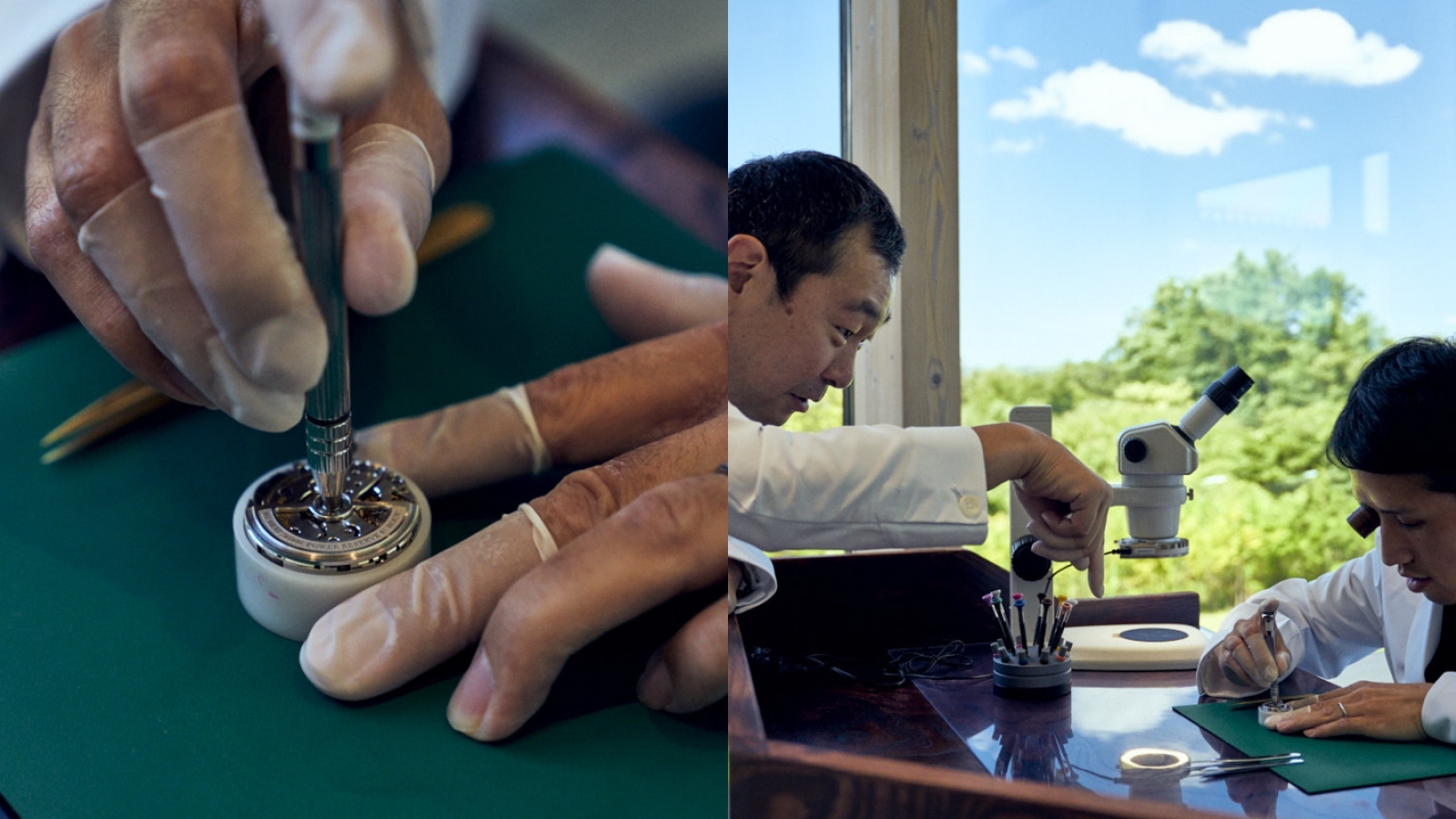
Mr. Ito smiles as he recalls: “He was not a pupil, but a colleague.”
Over the years to date, meanwhile, Mr. Suzuki has also assumed the position of teaching his younger colleagues. While continuing to sense the difficulties involved in instructing others, he likewise reports that he feels this shift has produced handsome returns.
“This concurrently serves to confirm the degree of my understanding, while the ability to personally study while teaching also supports growth. With increased opportunities to directly draw out new skills, I feel quite happy about this arrangement. It brings me great joy to be able to respond when being relied upon by others, meaning that I also need to study more for that purpose.”
For example, Mr. Suzuki chuckles that Mr. Ito can be compared to the famous animation character Doraemon with his magical 4D pocket packed with technological wonders. Suzuki himself, meanwhile, envisions himself as Doraemon’s loyal sidekick Nobita. He continues that his dream is to one day rise to become Doraemon.
Within sight of the rich natural environment surrounding the Grand Seiko Studio Shizukuishi, Mr. Suzuki reports that he can undertake his work in an extremely serene state of mind. Sensing the coming and going of the four seasons, there is no doubt that those feelings are also alive and well in Grand Seiko.
The Value of Handing Down to Future Generations is Symbolized by Preservation Efforts in the White Birch Forest
Mt. Iwate, which can be seen from the Grand Seiko Studio Shizukuishi, strikes a truly exquisite presence. The grand nature of Iwate serves as the spiritual stronghold for the creators here, conveying many blessings to them. The origins of the Grand Seiko brand philosophy, “The Nature of Time,” also lie in this natural setting and provide a source of rich inspiration.
One example is what is known as the “Birch Dial” – a model that has earned stellar praise both in Japan and abroad. This timepiece captures the dynamism of the lush white birch forest in the Hiraniwa Plateau, which expands beyond the landscape of Mt. Iwate, straddling Kuji City and Kuzumaki Town.

Considered to be Japan’s paramount forest of its type, the thick clusters of trees here are said to number more than 310,000 in all. Today, however, these precious woodlands demand concerted protection and regeneration efforts. This reflects the fact that the age of these trees is said to have reached around 80 years, meaning that they are nearing the time for replacement. Add to this the densely packed conditions that exist there, which have prevented progress in natural growth. The urgent need for protection activities has spawned efforts by citizen volunteers to launch environmental maintenance programs.
In response, in 2021 Iwate Prefecture, Seiko Watch Corporation, and Morioka Seiko Instruments entered into a comprehensive cooperation agreement aimed at promoting regional revitalization and SDG initiatives in the local community. This prompted the decision by Seiko Watch Corporation and Morioka Seiko Instruments to participate in the Hiraniwa Plateau environmental protection activities of “Kuji☆Lab” – a Kuji City environmental action group. During the summer of 2023, birch forest cleaning and planting activities were advanced. In October 2023, the sixth phase of these efforts was further boosted by the subsiding of the COVID-19 pandemic. In addition to a group of some 130 persons comprising general citizens spanning local elementary and middle school students, corporate volunteers, government officials and others, over 60 persons from the Seiko Group also participated in the largest gathering of participants to date. After gathering at 9:00 a.m., an opening ceremony was followed by explanations of the tasks ahead. With that, the group promptly moved to the planting site to energetically begin the work.
The volunteers moved away from the national highway toward the mountain slope. Forming groups of 2 to 3 persons, they used scoops and hoes to dig up the soil and plant saplings. Though the ground was piled up with fallen leaves from the trees and was fluffy and soft on the surface, grass roots had spread within the soil below. This made the lower level surprisingly hard, demanding considerable strength to effectively dig with the scoops.
Family groups spanning three generations eagerly joined in, along with groups of what appeared to be middle school classmates and others planting their own secret birch tree plots. Someday in the future, they may very well reassemble here to observe the results. Due in part to the large number of participants, the planting was completed in a surprisingly short time. Gazing at the newly planted white birch saplings, images came to mind of the splendid white birch forest destined to emerge here in the future.
Kenta Kuji (his actual name), a member of the Kuji City Office Industrial Construction Division, smiles as he recalls: “This year was truly a delight, with everyone able to take off COVID-19 protective masks to reveal their smiling faces.”
“Kuji City has devoted keen efforts to the white birch replanting endeavor while joining forces with the Seiko Group, which is closely involved in the preservation of the natural environment. Activities advanced with private sector companies that subscribe to this philosophy and also possess the needed knowledge and experience have proved extremely stimulating. We are grateful for this opportunity, which allows us to continue to study the situation at hand.”
Mr. Kuji goes on to describe some of the unexpected fruits of these efforts.
“Grand Seiko has marketed a watch model developed with a dial in the style of the white birch forest of the Hiraniwa Plateau, the popularity of which has attracted attention to the Plateau itself. While interest to date has come from within Japan, we are delighted that this area is now being promoted globally as Japan’s most beautiful white birch forest.”
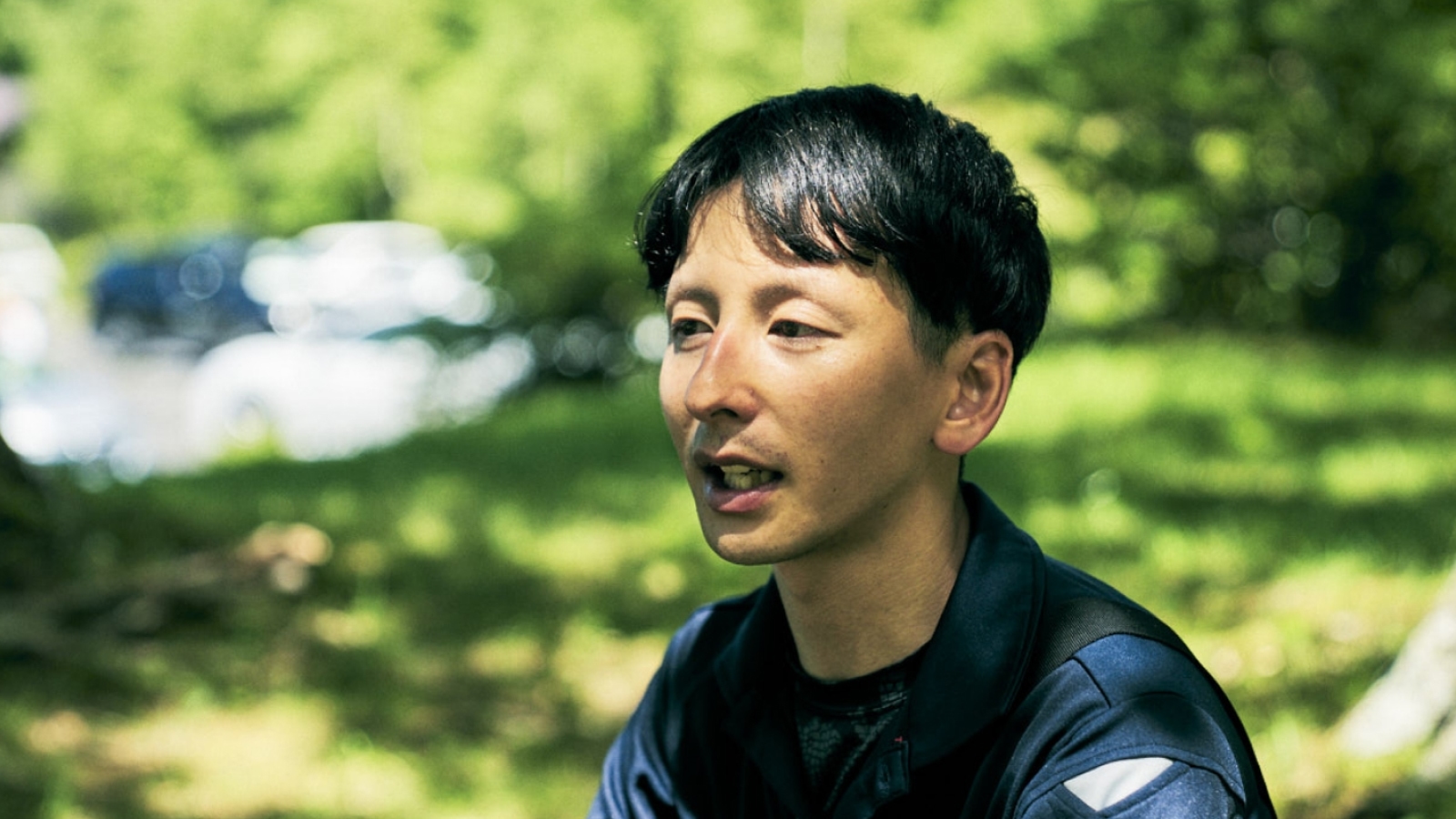
Nevertheless, conservation-oriented planting of precious white birch trees has only just begun. This is an initiative envisioned to be carried on long term, far into the future.
Notes Mr. Kuji: “There are limits to what can be planted in a single session, along with various other requirements. While we wait for the newly planted trees to grow, we will continue these efforts over the decades to come. In my capacity, I figure I will be involved in this mission for another 30 years or so. Around the time I retire, therefore, the very first group of saplings planted will hopefully have grown into a lush white birch forest. Whatever the case, we need to diligently carry on this quest, one steady step at a time.”
Looking ahead to the vast measure of time, one steadfastly tracks the passage of the current moment. This reflects the true spirit of Grand Seiko. At the foundation of this work is the mission to pass on skills and cultivate people.
This further encompasses the gist of “Nature,” as well as the definition of “Essence” both inherent in the Grand Seiko brand philosophy of “The Nature of Time.”
- Text: Mitsuru Shibata
- Photo: Tetsuya Niikura



